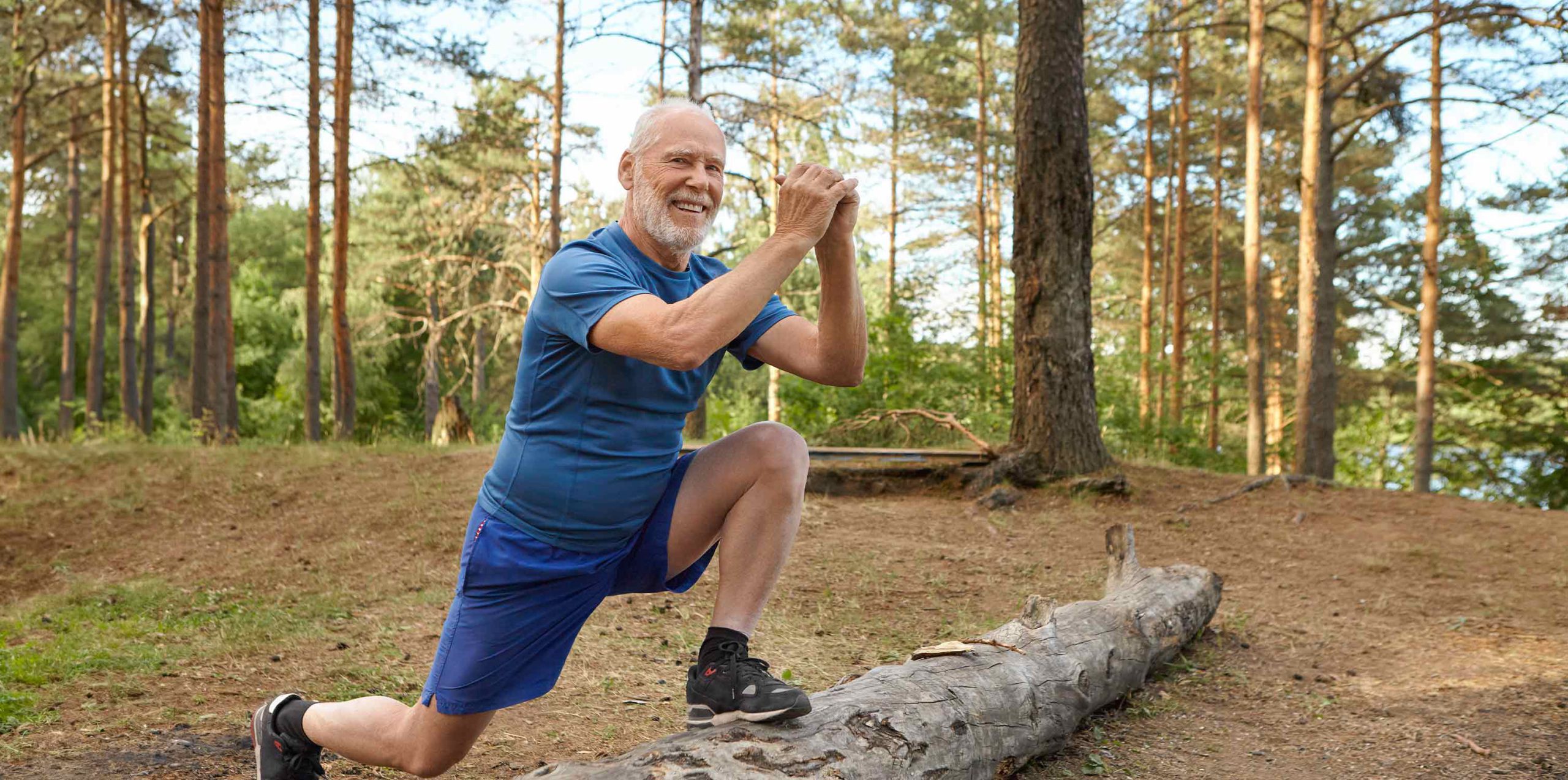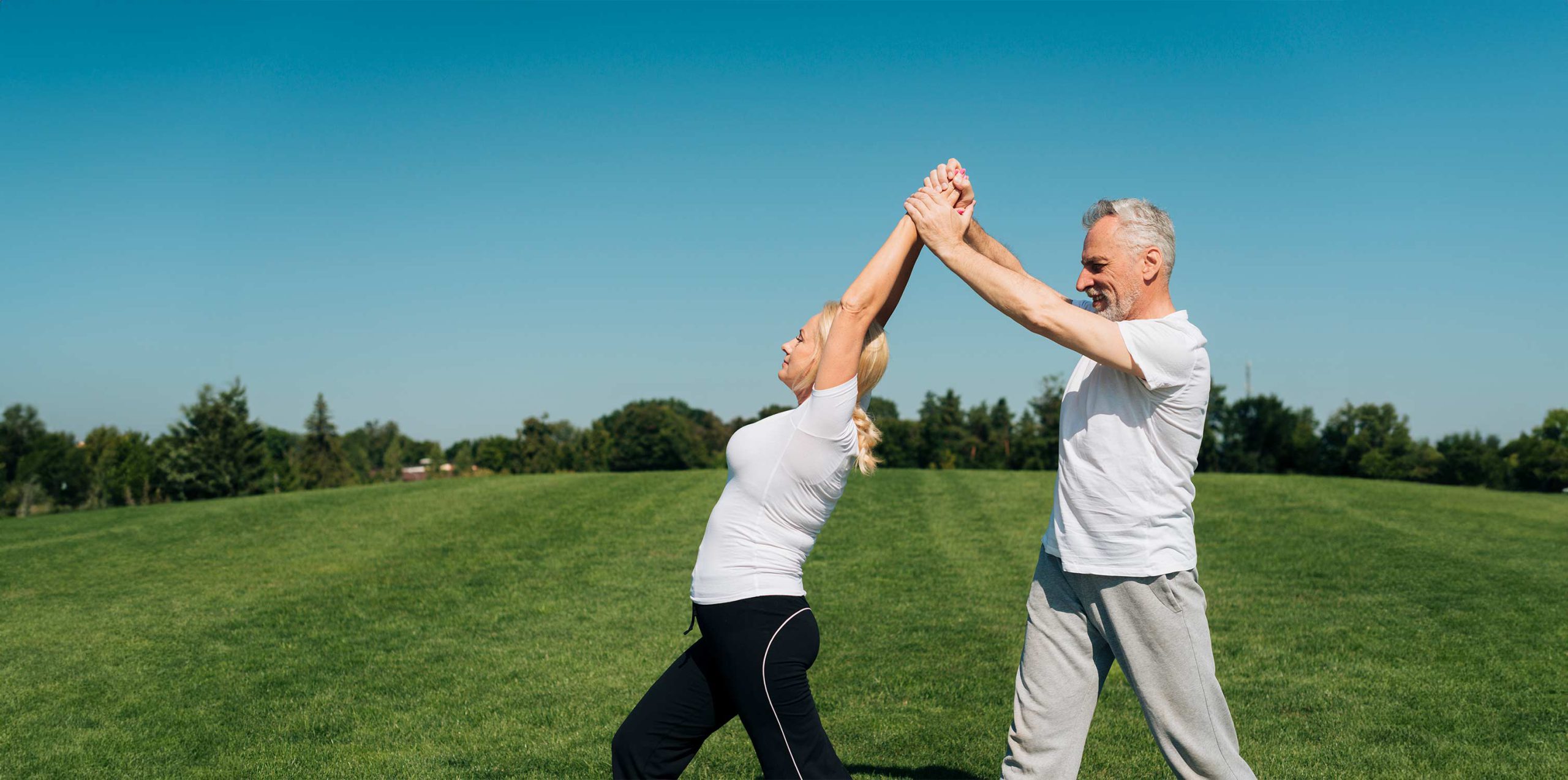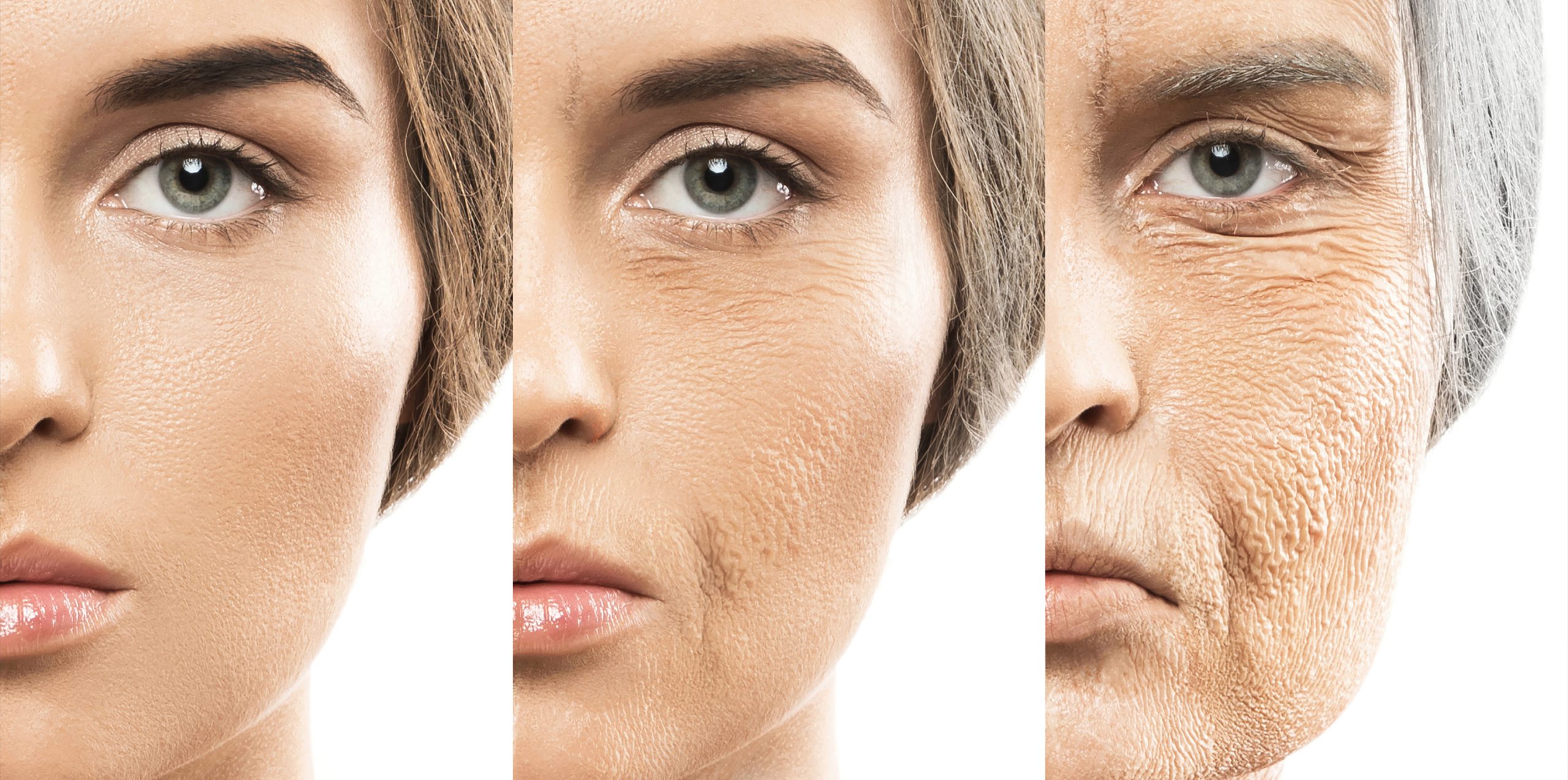
Introduction
Have you ever thought about how your gut health might be connected to how long you live? Many people have wondered about this, and it’s a valid question. Inside your digestive system, there’s a vast community of microorganisms that have a significant influence on your daily health and how long you’ll live. By understanding the intricate connections between gut health and longevity, you can see why it’s crucial to take care of your gut if you want to have a longer and healthier life.
Unveiling the Gut Microbiome’s Role in Longevity: Insights from Recent Research
Recent studies have significantly advanced our understanding of how the gut microbiome influences longevity, emphasizing the complex interaction between gut bacteria diversity and human health. The intricate relationship between the microbiota and various health outcomes, including inflammation, metabolic health, and aging, underscores the potential of the gut microbiome as a target for promoting healthy aging.
A groundbreaking study highlighted by the National Institute on Aging found that unique patterns in the gut microbiome are linked to healthy aging and increased longevity. This research showcased that older adults with a diverse and distinct microbial profile tend to live healthier and longer lives. These individuals exhibited lower levels of harmful LDL cholesterol and higher levels of beneficial vitamin D and blood metabolites, such as tryptophan-derived indole, which has been associated with reduced inflammation and extended lifespan in animal models.
Another review in Nature Reviews Gastroenterology & Hepatology detailed how age-related changes in the gut microbiome are influenced by lifestyle and environmental factors, leading to variations in health outcomes. For instance, diet and physical activity significantly shape the microbiome’s composition and function, highlighting the potential for modulating gut health through lifestyle interventions
Addressing Common Myths and Misconceptions About Gut Health and Longevity
The world of gut health is riddled with myths and misconceptions, many of which stem from a lack of understanding of nutrition, digestive health, and longevity science. Here, we address some of the most common myths, providing clarification based on medical experience and research.
Myth 1: Probiotics are the Backbone of Gut Health
While probiotics—beneficial bacteria found in certain foods and supplements—can support gut health, they are not a cure-all. The true foundation of gut health lies in a consistent, healthy diet rich in plant-based foods. Probiotics can’t compensate for poor dietary habits, and their effectiveness varies widely among individuals due to the unique composition of each person’s gut microbiome.
Myth 2: Bone Broth Heals the Gut
Bone broth is often touted as a gut-healing superfood, mainly due to its collagen content. However, the scientific evidence supporting these claims is minimal. Instead, experts suggest focusing on proven gut health strategies, like increasing dietary fiber.
Myth 3: Daily Bowel Movements are Necessary
The frequency of bowel movements varies greatly among individuals, with a healthy range spanning from several times a day to a few times a week. Regularity and absence of discomfort are better indicators of healthy bowel function than frequency alone.
Myth 4: Gluten-Free Diets are Healthier
For individuals without celiac disease or a gluten sensitivity, gluten-free diets can actually be less nutritious. Many gluten-free products are high in additives and lack the fiber found in whole grains, which can negatively affect gut health and microbiome diversity.
Myth 5: Grains and Beans are Inflammatory
Contrary to the belief that grains and beans are inflammatory, research shows that whole grains can reduce inflammation, and beans are associated with several health benefits, including weight loss and reduced inflammation markers.
Myth 6: Supplements are the Best Source of Probiotics
Fermented and cultured foods are excellent sources of probiotics and can be more beneficial for gut health than supplements. Foods like yogurt, sauerkraut, and kimchi contain live bacteria that support the gut microbiome.
Myth 7: A Gluten-Free Diet is Good for Everyone
Eliminating gluten without a medical need can actually harm your gut health by reducing the diversity of your gut microbiome. A diverse diet rich in various types of fiber is key to maintaining a healthy gut.
Case Study: The preliminary assessment of gut health
Background: Introduce yourself to Rajesh, a software engineer from Mumbai, India, who is 45 years old. His life was a chaotic symphony of balancing work pressures, family responsibilities, and the irrational whims of an unconventional diet. His original healthy aging and gut health was far from a perfect nirvana due to years of unpredictable eating habits, sporadic binges on street food, and a propensity for sedentary lifestyle. Rajesh noticed the need for arranging a harmonious gut orchestra while keeping good overall health as the sands of time trickled through his life’s hourglass.
Transformation by Dietary Alteration
Rajesh set off on a journey of culinary discovery. He began to gorge himself on an array of vibrant fruits, whole grains, leguminous riches, and other epics rich in fibre. He added a chorus of yoghurt and other fermented wonders to his daily menu in order to maintain his intestinal microcosm.
The Technique of Stress Reduction:
Rajesh unrolled the scroll of meditation and incorporated the practise of taking deep breaths into his daily routines in an effort to achieve harmony. With the abilities he had developed, he was able to control the turbulent pressures of his work life and cast a calming balm over his digestive symphony.
The sleeping remedy
Rajesh orchestrated nocturnal soirées that lasted a peaceful 7-8 hours in an effort to find the elusive sleep elixir. He understood the sacredness of this rite in cultivating a harmonious gut symphony.
Chronic inflammation: Long-lasting inflammation frequently contributes to age-related disorders, and it frequently begins with digestive issues. In your stomach, harmful microbes can trigger a cascade of immunological reactions that result in persistent inflammation. This ongoing inflammation can speed up ageing and increase the risk of conditions including heart disease, diabetes, and arthritis. The ageing process is accelerated, and health issues are brought on as a result.
The Nutrient Flow : The grand overture of food degradation and nutrient absorption is led by your gut microbiota. This symphony is broken by an unbalanced gut, which has a negative impact on your ability to absorb vital vitamins and minerals. Nutrient deficiencies quietly sing the lines of declining health and dwindling longevity in the long sonata of time.
The protector of Immunity: The microbial burstiness has the power to tilt your immune system’s sceptre, according to the defender of immunity. A balanced gut microcosm lays the groundwork for a strong defence against advancing armies of illnesses. On the other hand, an imbalanced microbiota weakens the defences, leaving you more susceptible to sly diseases.
Aging and the Cellular Canticle: At the deepest abyss of biology’s orchestra pit, the gut microbiome conducts a quiet overture in the timeless saga of aging. Evidence suggests that a harmonious gut can summon the lingering spirits of cellular longevity, whispering secrets that may decelerate the relentless march of time.
The gut microbiota leads a subdued overture in the epoch-spanning tale of ageing from the furthest reaches of biology’s orchestra pit. Evidence suggests that a balanced gut can call upon the shamans of cellular longevity, whispering secrets that can slow the unrelenting march of time.
- Diverse Diet: Embrace a varied diet rich in fiber, fruits, vegetables, and fermented foods to nourish beneficial gut bacteria.
- Probiotic Support: Incorporate probiotic supplements and live-culture foods to replenish and support your gut’s microbial balance.
- Prebiotic Nourishment: Feed your friendly gut microbes with prebiotic-rich foods like garlic, onions, and leeks.
- Stress Management: Mitigate chronic stress through practices like yoga and meditation to maintain gut harmony.
- Antibiotic Prudence: Use antibiotics judiciously under healthcare guidance to avoid disrupting your gut ecosystem.
- Moderation: Avoid excessive alcohol and tobacco to promote gut health.
- Quality Sleep: Prioritize adequate, quality sleep as a tribute to a balanced gut.
Conclusion
The connection between your gut (intestines) and how long you live is like a complicated and colorful piece of art in the story of life. The intricacy of our gut’s many small living things (bacteria), which are always changing, has made it crucial for your health and how long you live. You may build a balanced and healthy gut environment by eating the correct foods, handling stress well, and leading a healthy ageing and longevity. Even if it may be difficult to comprehend all the specifics of gut health, this may have an increased life expectancy by making you feel healthy and energised.
Longeny assists individuals in comprehending the connection between gut health and longevity, offering practical insights and strategies. By embracing a diverse diet, probiotic support, prebiotic nourishment, stress management, and other lifestyle changes, Longeny helps individuals maintain a balanced gut environment, ultimately promoting a healthier and longer life.




















